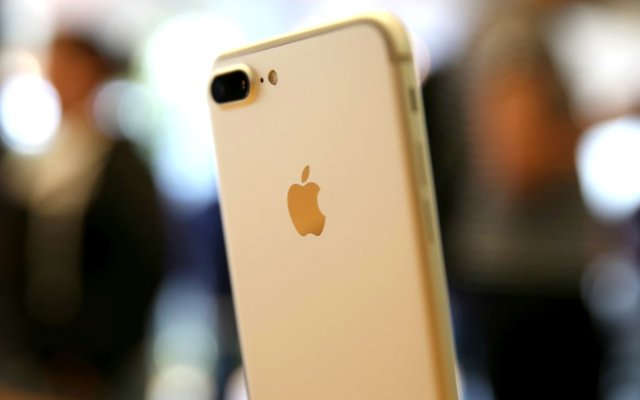
When Apple began the year, it probably had an idea to end it on a high note with the iPhone X. However, December has not been kind to the Cupertino giant following its admission last week that it intentionally slows down older iPhone models to preserve their batteries. This was not met with a positive response as it was followed by multiple lawsuits from iPhone users who felt they were being cheated.
Apple on Thursday issued a formal apology, claiming that its move to slow down older iPhones was to provide a smooth experience and limit random shutdowns due to worn out batteries not being able to handle peak power drain. The company's statement tried to explain a few things, mitigate consumer outrage, and introduce some steps to help them make peace with their old iPhone models, among other things. Here's what you need to know to catch up with the latest debacle.
How Apple turned superstition into reality
To understand how things got this bad it's important to go back to last week. Before Apple decided to open a can of worms by admitting it slows down older iPhones, a Redditor talked about his iPhone 6S running frustrating slow, a problem that was fixed by replacing the battery. This was followed by benchmark tests performed by Geekbench, which confirmed that Apple deliberately limits performance of older iPhone models "when battery condition decreases past a certain point."
Following these reports, iPhone users naturally wanted answers from Apple. It has been a long-standing supposition that Apple slows down older iPhones with new updates so as to push them to upgrade to the latest model. The reports confirming throttling of performance only added fuel to the fire as it seemingly confirmed our superstition.
Apple, in its bid to clear the air and explain why it does what it does, confirmed last Thursday that it indeed slows down older iPhones, but the reason behind it was not to force users to upgrade. The company explained that in order for older iPhone models to work smoothly, it introduced a power management feature last year that would "smooth out" peak power draw that would affect older lithium-ion batteries which would cause unexpected shutdowns. This is because older batteries are unable to handle peak current draws the same way as newer iPhone models with newer batteries are able to do.
Ideally, Apple could have been more transparent back when it introduced the feature in 2016. Instead, it chose to disclose the information only after the benchmark tests. While Apple may have done this seemingly for the benefit of the users, it only made things even worse by revealing it knew something but just chose to keep mum about it.
Apple's apology and where we are now
As much as Apple hoped to make things better with its admission last week, things turned sour pretty fast. Multiple iPhone users filed class-action lawsuits claiming they had to upgrade to newer iPhone models after their iPhones slowed down when they could have simply replaced their batteries, which would have cost a lot less.
In an attempt to clear the air once again, Apple this Thursday issued a letter to its customers apologising for the "misunderstanding" caused following its admission of slowing down older iPhones a week before. "First and foremost, we have never - and would never - do anything to intentionally shorten the life of any Apple product, or degrade the user experience to drive customer upgrades. Our goal has always been to create products that our customers love, and making iPhones last as long as possible is an important part of that," Apple's statement reads.
In its apology, Apple explained how batteries chemically age and steps the company is taking to comfort iPhone users. However, Apple's unwillingness to roll back the power management feature proves that the company thinks it is in the right and feels that this will still benefit its users. Apple will be rolling out a software update early next year with features that will look to provide more transparency regarding the health of their iPhone's battery. It has also cut down the cost of replacing out-of-warranty battery from $79 to $29 (approx Rs 1,800), which will come into effect late January and will be applicable worldwide through December 2018.
What this means for iPhone users in India
iPhone users in India will also be able to avail the discount price. India Today Tech has learned that battery replacement cost has been slashed by over 50 per cent in the country. This means that iPhone 6 users, for example, can get their battery replaced for Rs 2,000 plus taxes, down from Rs 6,000 previously. Similarly, cost of battery replacement for the iPhone SE, iPhone 6S and iPhone 7, among others will also be significantly reduced.
The new pricing in India is also expected to come into effect late January. Those who have been facing slowdowns with their old iPhone models will be able to get their battery replaced at over 50 per cent cheaper than what is currently being charged. This will come as a major relief for consumers in the country who can avoid buying newer models and can instead opt to get their batteries replaced. India is one of the most expensive markets for buying new iPhones, and it recently got even more expensive following an increase in custom duty.